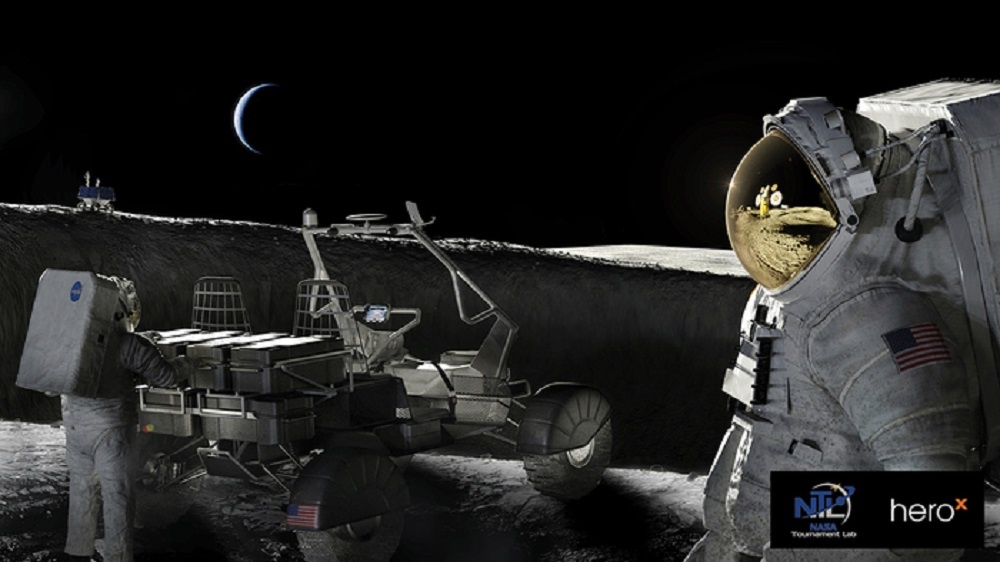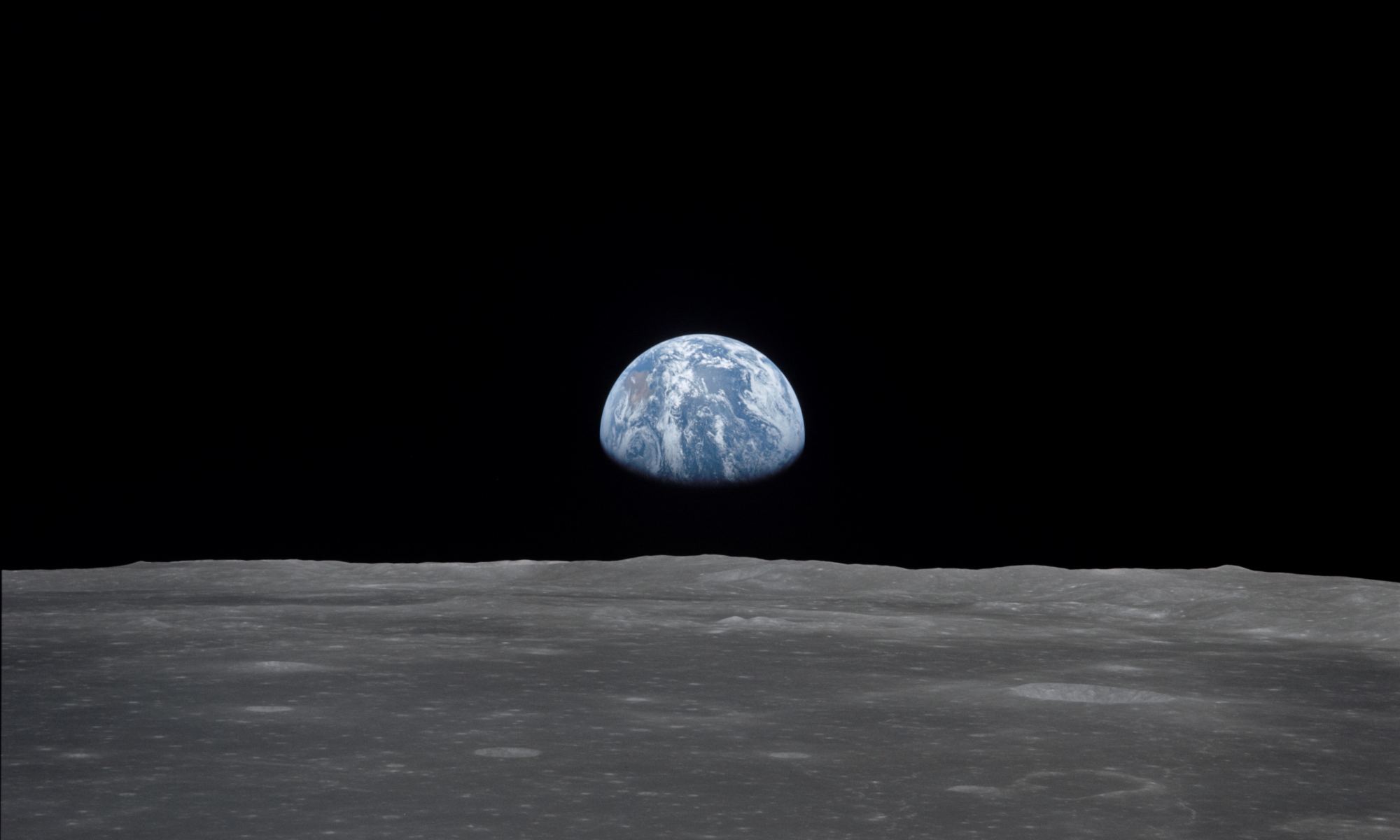In October of 2024, NASA will send astronauts to the Moon for the first time since the Apollo Era. After establishing orbit with their Orion spacecraft, a team of two astronauts (“the first woman and the next man”) will land in the Moon’s southern polar region. Over the course of a week, these astronauts will explore and investigate one of the region’s many permanently-shadowed craters.
As the first crewed lunar mission in over fifty years, this mission and those that follow will have a robust series of science objectives. These objectives were laid out in the Artemis III Science Definition Team Report, which was released to the public earlier this month. This report is a summary of the science plan prepared at the behest of NASA’s Science Mission Directorate (SMD) for the Artemis III mission.
The Road Back to the Moon
The process for defining these objectives began back in September when the Planetary Science Division of NASA’s SMD assembled the Science Definition Team (SDT). This team was tasked with assessing objectives for the Artemis III mission that would achieve the science goals articulated by NASA and recommending the investigative approaches, key surface science activities, and operational concepts required.

Their assessments were based on the four Guiding Community Documents, which consisted of the LEAG’s US Lunar Exploration Roadmap, the Scientific Context for the Exploration of the Moon (2007), the LEAG Advancing Science of the Moon, and the Visions and Voyages for Planetary Science in the Decade (2013-2022).
The SDT also considered recommendations made by the Planetary Science Decadal Survey (2013 – 2022), as well as white papers submitted by the scientific community. These papers recommended just about every type of lunar science and experiment imaginable, ranging from dark matter detection and the effects of lunar gravity on mice to radio astronomy and lunar ice sample returns.
In their final report, which was submitted on Nov. 6th and made available to the public on Dec. 4th, the SDT identified seven overarching objectives that encompass all of the science goals identified. These objectives include:
- Understanding planetary processes
- Understanding the character and origin of lunar polar volatiles
- Interpreting the impact history of the Earth-Moon system
- Revealing the record of the ancient sun and our astronomical environment
- Observing the universe and the local space environment from a unique location
- Conducting experimental science in the lunar environment
- Investigating and mitigating exploration risks

As the authors stated in the Introduction section of their report:
“The experience gleaned from the six Apollo expeditions from 1969-1972 – collectively, the field geology, the establishment of experimental packages on the Moon’s surface, and the samples brought to Earth for analysis – redefined our understanding of the Solar System. In the 21st century, there has been a resurgence of international interest in the Moon.
“These 21st century results demonstrate that the Moon is not a barren and dormant world – it is a world with unparalleled opportunities for new scientific discovery, and rich opportunities for commercial activity.
Break-through discoveries… have reinforced the Moon’s status as a cornerstone of planetary science, and increased the necessity for a comprehensive program of lunar exploration and utilization that will drive economic growth, promote international collaboration, and expand human knowledge.”
Sample-Return
Based on these objectives, the authors of the report issued 15 findings and corresponding recommendations for Artemis III. In particular, an “optimal sample-return program” is stressed that would allow for lunar rocks to once again be brought back to Earth for analysis. From this, the first recommendation states that:
“Astronauts should participate in an Apollo-style course in geology and planetary science, including both field and classroom components, in order to provide optimal in situ geologic characterization of lunar sample collection sites. A dedicated team of scientists should serve in an Earth-based Artemis III Science Mission Center with real-time two-way audio and one-way video between the crew and the Science Mission Center.”

This is consistent with the 2020 Annual Meeting of the LEAG Findings, where it was recommended that the Artemis III mission procure samples of lunar material that exceed the average mass of what the Apollo astronauts brought back with them – at least 150 kg (~330 lbs). Previous studies have concluded that sample of this mass would be necessary to support numerous analyses and maximize scientific returns.
They also emphasize how having a “carefully curated catalog of samples” on Earth would allow for future scientific discoveries as technology advances and new analytical tools and techniques are made available. The lunar rocks returned by the Apollo astronauts certainly bears this out. Decades later, analysis of these samples is still revealing things about the Moon’s formation and evolution!
They also stress that the samples procured should be diverse in nature and “broadly representative of the complex geology of the south polar region.” Therefore, it is recommended that the Artemis III astronauts be trained and equipped to collect a variety of surface and sub-surface samples. This is especially important considering that lunar ice deposits have been found to extend beneath deep beneath the surface.
Next, they recommend that in-situ analysis and sample collection are carefully coordinated to maximize scientific returns. Essentially, this means that astronomers should prioritize volatile-bearing samples based on how their removal, transport, and curation will lead to the loss of these elements. Concordantly, they also emphasize the need for lightweight, double-sealed vacuum containers to transport them home.
Already, NASA has launched an incentive competition through HeroX for solutions to this challenge – the NASA Lunar Deep Freeze Challenge. NASA has also invested in 14 companies for solutions as part of its fifth competitive “Tipping Point” solicitation. Clearly, NASA and its affiliates are placing considerable importance on bringing back samples of lunar ice.
In-Situ Operations
The report also makes a number of recommendations for surface operations during the mission. These include establishing long-lived power and communication capabilities in the South-Pole Aitken Basin that will allow for geophysical and environmental monitoring after the astronauts have packed up and returned home.
Next, they recommended that NASA establish high-bandwidth communication and real-time data transmission capabilities for the mission site. This would allow a support team from the operations center on Earth to monitor and provide support for astronauts as they conduct extravehicular activity (EVA).
There were also concerns regarding the mass allocations that will available aboard the Human Landing System (HLS). In short, the authors of the report believe that the lander used to ferry two astronauts between the Orion space capsule and the surface will not be able to carry enough tools or payloads to achieve all of the mission’s scientific objectives.

As such, the report’s authors recommend that NASA solicit the development of instruments that are capable of addressing more than one form of analysis or investigation at a time. Alternately, they recommend that NASA pre-position scientific instruments in the vicinity of the Artemis III landing site so the HLS does not have to transport everything down to the site.
“This could consist of an inert cache of tools/instruments to be accessed by crew upon arrival, and/or one or more instrumented landers or rovers for environmental monitoring,” they write. Also recommended was the positioning of packages at multiple landing sites to gather data and enable future missions to these sites, similar to what was achieved with the Apollo Lunar Surface Experiment Packages (ALSEP).
Logistical Concerns
Other important considerations that are stressed include crew mobility on the lunar surface. Hence, the report’s authors recommend that NASA send a rover or other vehicle to the lunar surface before the arrival of the Artemis III astronauts. The faithful transmission of data from the surface is also paramount, they write, as is the need to establish coordinated mapping and timing parameters.
During preparations for Artemis III, the authors stress that all existing lunar data should be readily available to scientists and mission planners. To this end, they recommend that sufficient funding continue to be provided to maintain the Planetary Data System (PDS), a long-term digital archive and series of online tools that allows users access to all existing NASA mission and research data.

They also recommend that our maps of the southern polar region get a serious spit and polish! This would consist of creating mosaics and topographical models using the most current and highest-quality data available – i.e. that which was obtained by missions like the Lunar Reconnaissance Orbiter (LRO), the SELenological and Engineering Explorer (SELENE), and Chandrayaan-1.
They also recommended that further mapping take place of candidate landing sites, and on a scale of what was done in preparation for the Apollo Landings. This is especially important since, as they state, “[t]he scientific return of the Artemis III mission will be intrinsically linked to the Artemis III landing site,” and that the desired scientific outcomes “should be an important consideration during the site selection process.”
Cooperation
Another major concern was the need for integration between the various directorates that have a stake in the Artemis III mission and the eventual construction of the Artemis Base Camp. This includes NASA’s Human Exploration and Operations Mission Directorate (HEOMD), the Science Mission Directorate (SMD), the Space Technology Mission Directorate (STMD), and all external scientific and commercial communities.
To ensure this, they recommend that a standing working group be created from Artemis scientists with the SMD and that this group work closely with representatives from the STMD and HEOMD. They also think that the LEAG, the Curation and Analysis Planning Team for Extraterrestrial Materials (CAPTEM), and other Program Analysis Groups should leverage their expertise in dealing with multiple stakeholders and synthesizing goals.

These objectives and recommendations go far beyond ensuring that the scientific returns for the Artemis III mission are maximized. In the long-run, defining what the Artemis Program should accomplish (and laying the groundwork to achieve all that) is essential to NASA’s creation of a “sustainable program of lunar exploration.”
Beyond Artemis III, this plan calls for the creation of permanent infrastructure on and in orbit around the Moon by 2030. This includes the Artemis Gateway (aka. the Lunar Gateway, or just Gateway), an orbital habitat that will allow for regular access to the Moon, and the Artemis Base Camp – a facility that will enable long-duration exploratory missions on the surface. As the SDT summarize in their report:
“The Artemis III mission, a single mission to the lunar surface, is only a beginning. Artemis III will not address each of the Artemis Science Plan objectives, and it won’t address every open science question about the Moon – but it will be a firm foundation for future discovery.”
You can read the full report and related materials by clicking on any of the links at the bottom. If interested, you can check out the full Artemis III SDT Community Town Hall below, courtesy of NASA’s Solar System Exploration Research Virtual Institute (SSERVI):
Further Reading:

